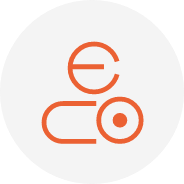We use cookies to offer our visitors a better experience and personalized content. We also may share information about your use of our site with our social media, advertising and analytics partners.
By continuing to browse the site you are agreeing to our Privacy.






微信截圖_20231225144016.png)




